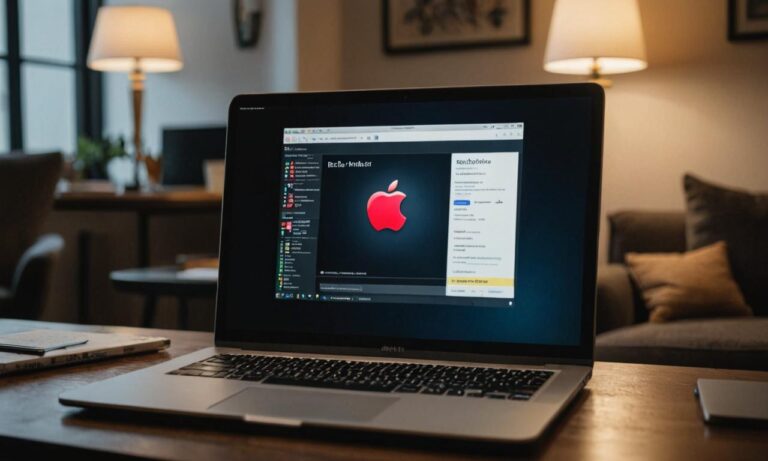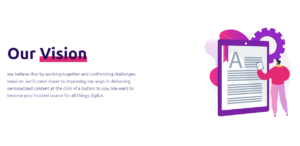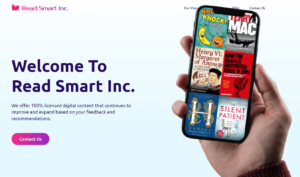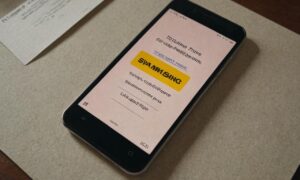In today’s digital landscape, it’s crucial to distinguish between genuine Apple emails and deceptive phishing attempts. This article provides essential insights and practical tips to help you protect your Apple account, personal information, and financial well-being from falling victim to clever scammers.
As an avid Apple user myself, I have encountered my fair share of suspicious emails claiming to be from Apple. It can be challenging to differentiate between legitimate communications and well-crafted phishing attempts. However, through my experiences and extensive research, I have developed a keen eye for spotting red flags and ensuring the authenticity of Apple emails.
I once received an email that appeared to be from Apple, urging me to update my payment information immediately to avoid account suspension. The sense of urgency and the threat of losing access to my account almost compelled me to click the link. Fortunately, I took a moment to examine the email closely and discovered several telltale signs of a phishing scam. That experience taught me the importance of vigilance and informed decision-making when it comes to protecting my digital identity.
Recognizing Phishing Messages and Scam Emails from Apple
One of the most effective ways to avoid falling victim to phishing messages and scam emails is to educate yourself on the common tactics used by scammers. Recognizing the red flags associated with fraudulent Apple emails can help you steer clear of potential traps.
Be cautious of emails that create a sense of urgency or threaten account suspension if you don’t take immediate action. Legitimate Apple emails will never pressure you to provide sensitive information or make hasty decisions. Additionally, pay close attention to the sender’s email address. Scammers often use slightly altered or misleading email addresses to deceive recipients.
Another crucial aspect of spotting Apple phishing attempts is to examine the language and tone used in the email. Grammatical errors, awkward phrasing, and a lack of professionalism are common indicators of fraudulent emails. Authentic Apple communications maintain a consistent level of quality and professionalism.
Steps to Verify the Authenticity of Apple Emails
To ensure the authenticity of Apple emails, there are several proactive steps you can take. One effective method is to forward the suspicious email as an attachment to yourself. This allows you to view the full header information, which can provide valuable insights into the email’s origin.
Check if the email originated from an official @apple.com domain. Legitimate Apple emails will always come from a verified Apple domain. Additionally, pay attention to how the email addresses you by name. Scammers often use generic greetings or fail to personalize the message, whereas genuine Apple emails typically include your name or Apple ID.
If you’re unsure about the authenticity of an email, avoid clicking on any links or downloading attachments. Instead, navigate directly to the official Apple website by manually typing the URL into your browser. Log in to your account directly to check for any important notifications or updates.
Protecting Your Apple Account from Phishing Attempts
Proactively protecting your Apple account from phishing attempts is crucial in safeguarding your personal information and maintaining the security of your devices. One fundamental step is to regularly change your Apple ID password. Use strong, unique passwords and enable two-factor authentication for an extra layer of protection.
Be cautious when providing personal information online. Legitimate Apple representatives will never ask for sensitive details such as your full credit card number, social security number, or account password via email. If you receive a request for such information, it’s a clear indication of a phishing attempt.
To further ensure the authenticity of Apple emails, familiarize yourself with the official communication channels used by Apple. Subscribe to Apple’s official mailing lists and newsletters to stay informed about genuine promotions, product announcements, and account-related notifications.
Cybersecurity expert, Dr. Eliza Rostova, emphasizes the importance of vigilance in protecting against Apple scams. “Scammers are becoming increasingly sophisticated in their phishing attempts. It’s crucial to remain cautious and take proactive measures to verify the authenticity of any email claiming to be from Apple. If something seems suspicious, trust your instincts and take the necessary steps to protect your account,” advises Dr. Rostova.
What to Do if You Suspect a Fake Apple Email
If you receive an email that you suspect to be a fake Apple email, it’s essential to take immediate action to protect your account and personal information. First and foremost, avoid clicking on any links or downloading attachments from the suspicious email. These links may lead to fraudulent websites designed to steal your login credentials or install malware on your device.
If you have accidentally clicked on a suspicious link or provided personal information, change your Apple ID password immediately. Log in directly to your account through the official Apple website and update your password to a strong, unique combination. Enable two-factor authentication if you haven’t already done so.
To verify the authenticity of the email, contact Apple Support directly through their official channels. They can confirm whether the email is legitimate and provide guidance on the appropriate steps to take. Avoid engaging with the sender of the suspicious email or providing any further information.
Tips for Handling Excessive Emails from Apple
While receiving emails from Apple is common, especially if you have multiple Apple devices or services, an excessive amount of emails can be overwhelming and potentially confusing. To manage your inbox effectively, consider unsubscribing from valid Apple sources that you no longer find relevant or necessary.
Apple provides the option to customize your email preferences and select which types of communications you wish to receive. Log in to your Apple account and navigate to the communication preferences section to adjust your settings according to your needs. This can help reduce the clutter in your inbox and make it easier to identify important emails.
If you continue to receive unwanted emails from Apple despite unsubscribing, mark them as spam or create email filters to automatically sort them into a separate folder. This helps keep your main inbox organized and allows you to focus on the emails that matter most.
Reporting Fraudulent Apple Emails and Scams
If you encounter a fraudulent Apple email or fall victim to a scam, it’s crucial to report it to the proper authorities. Apple provides a dedicated email address, [email protected], specifically for reporting FaceTime-related scams. For other types of fraudulent activities, you can forward the suspicious email to [email protected].
In addition to reporting the scam to Apple, consider filing a report with your local law enforcement agency or the appropriate consumer protection agency in your country. Providing as much information as possible, including screenshots of the fraudulent email and any financial losses incurred, can aid in the investigation process.
By reporting fraudulent Apple emails and scams, you contribute to the collective effort to combat cybercrime and protect others from falling victim to similar schemes. Sharing your experiences and knowledge with friends, family, and online communities can also help raise awareness and prevent future incidents.
As I reflect on my journey of navigating the world of Apple emails and scams, I am reminded of the importance of staying informed, vigilant, and proactive in protecting our digital identities. By educating ourselves, employing best practices for email security, and reporting fraudulent activities, we can create a safer online environment for ourselves and others. Remember, the power to safeguard our Apple accounts lies in our hands.
See also:
- Is the TaylorMade Qi10 Driver Giveaway Legit or a Scam?
- Protecting Your PayPal Account: How to Spot and Report Suspicious Activity
- Why Scammers Love iTunes Gift Cards: Avoiding Gift Card Scams
- Beware of Scammers on Telegram: How to Spot and Avoid Fake Accounts and Bot Scams
- Protect Yourself from Scammers Who Have Your Email Address






